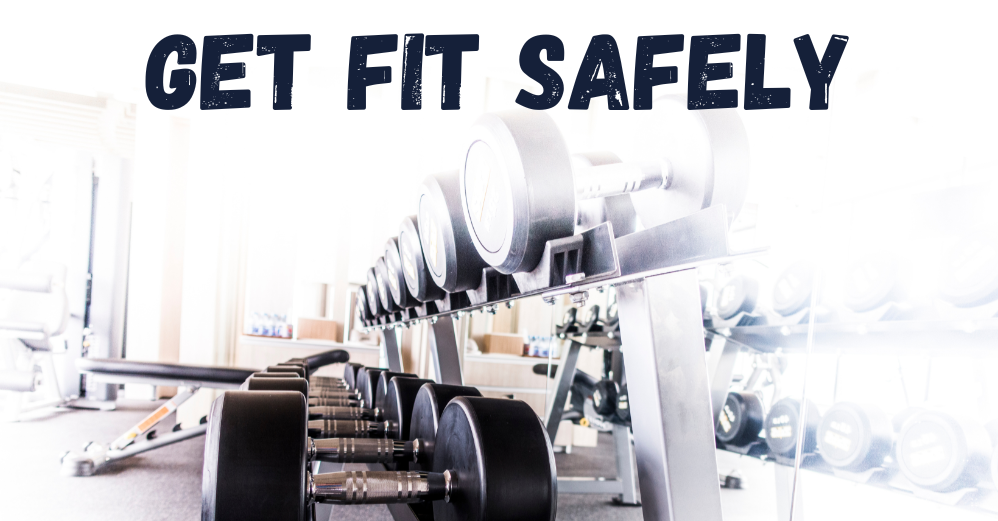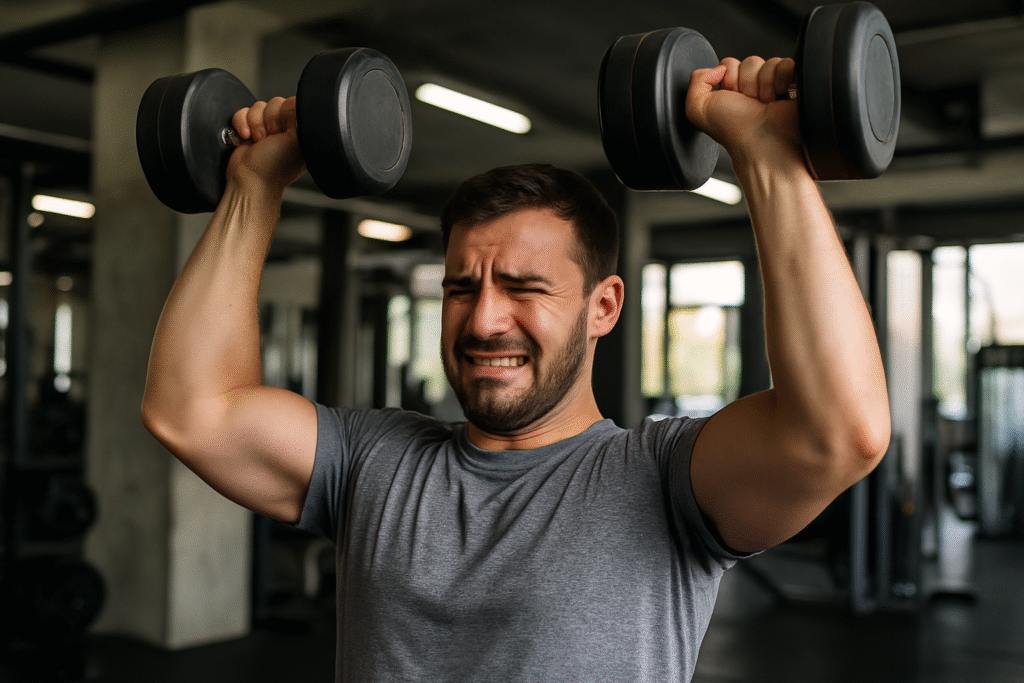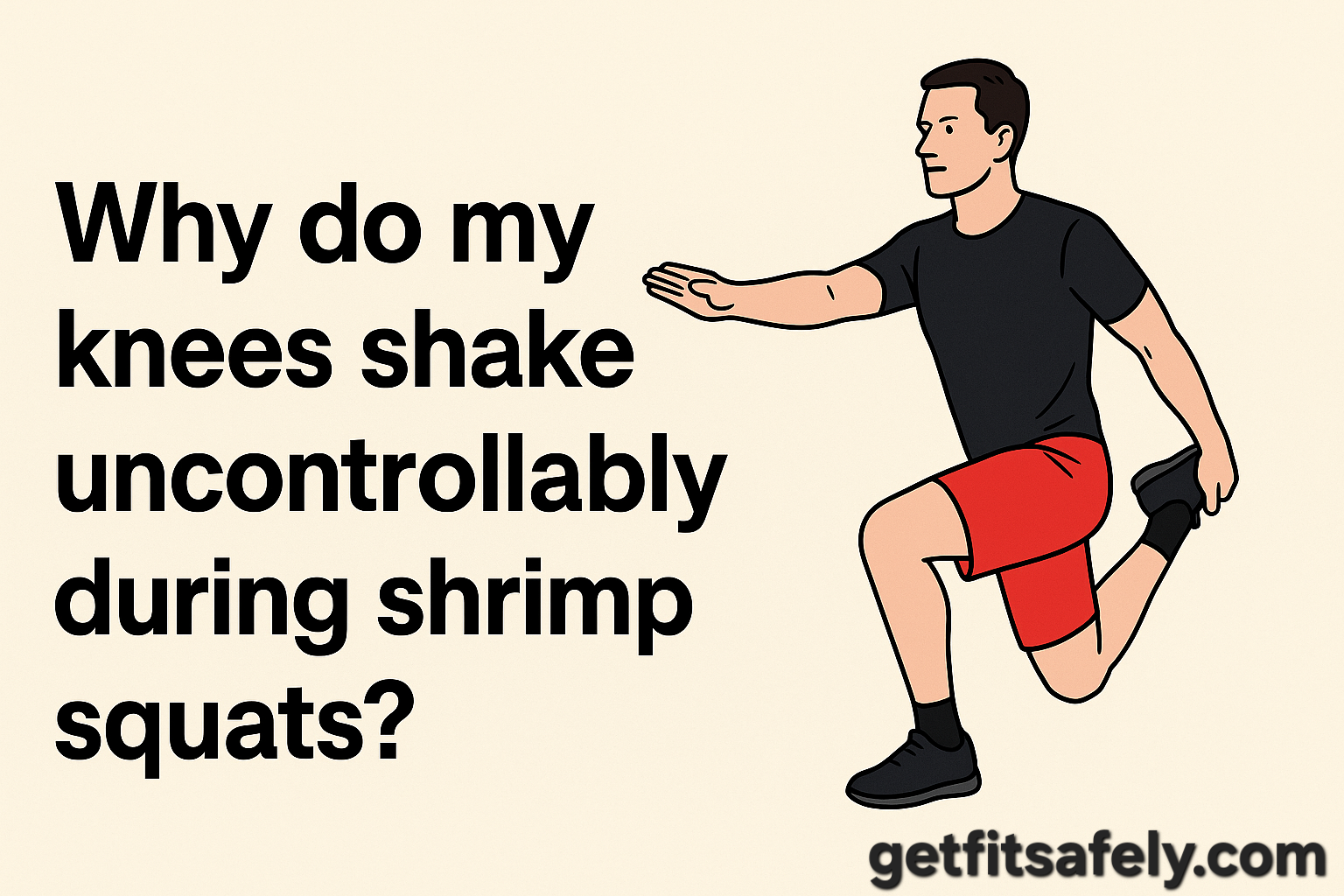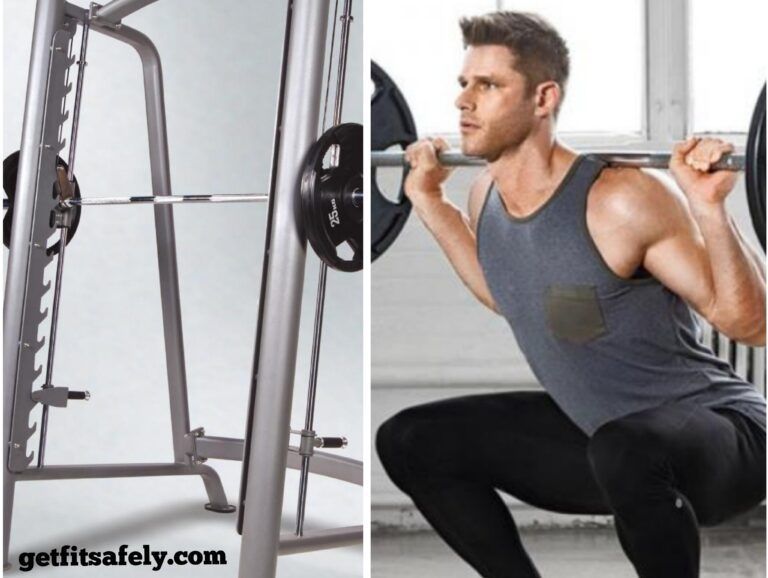Why does my shoulder strength drop so quickly when I miss a workout?
Have you ever experienced this?
You’re training your shoulders like a champ.
Your military press is soaring.
Your rear delts are finally waving back at you in the mirror.
You feel powerful.
Coordinated.
Unstoppable.
Then it happens.
A fever.
A business trip.
A week of vacation spent on cocktails and buffet breakfasts.
You come back to the gym all fired up, pick up the barbell and… nothing.
It doesn’t work.
Your press feels weak, your balance is gone, and those 44-pound plates you were lifting with one hand now feel like concrete.
“How is it possible I lost strength so fast?”
I’ll tell you why.
Get ready, because shoulders are real divas.
Shoulders are drama queens: delicate yet indispensable

The shoulder complex—and yes, it really is complex—is a precision machine.
We’ve got the anterior, lateral, and posterior deltoids, plus the entire rotator cuff crew.
These muscles handle movements in almost every direction.
- Pressing overhead
- Pulling from the ground
- Lifting to the side
- Rotating
- Stabilizing
But the more complex a system, the more fragile it is.
And when you don’t stimulate it for a while, it starts to forget how it worked.
You don’t just lose strength.
You lose coordination.
You lose mind-muscle connection.
You lose confidence.
Neuro-efficiency: the brain’s equivalent of Wi-Fi

When we talk about strength, it’s not just about the muscles.
It’s about the signal that travels from the brain to the muscle fiber.
By training, you strengthen that connection.
Your shoulder learns when to activate, how much force to apply, how to stabilize.
But if you skip training for a week (or two)…
That connection weakens.
It’s like leaving your router unplugged for days: when you turn it back on, it’s slow at first.
Same thing with your neuromuscular system.
You haven’t gotten weaker.
You’ve just temporarily forgotten how to activate the strength you already have.
Small muscles, rapid drops
Deltoids, as impressive as they look when well-developed, are not large muscles.
And smaller muscles, alas, lose strength faster when left unstimulated.
Think about the quads: you can skip a week of squats and still come back lifting well.
But the deltoids?
It takes very little for them to “switch off.”
It’s a bit like those cacti that seem tough, but if you never rotate them toward the sun, they still wilt.
Muscle memory exists, but it needs fuel
The good news is there is muscle memory.
When you resume training, your muscles bounce back much faster than when you built them from scratch.
But it needs stimulus.
It needs volume.
It needs you to get back into the groove.
You can’t expect your overhead press to return to max after 10 days of Netflix and hot chocolate.
Inflammation plays hide-and-seek with strength
When you take a break from training—maybe due to stress or illness—it’s easy to accumulate systemic inflammation.
And that sneaks right into the most mobile joints.
Guess which joint is the most mobile (and unstable) in the human body?
Right: the shoulder.
Inflammation reduces movement fluidity, slows neuromuscular communication, and makes every gesture more fatiguing.
You might not notice at first, but if your press feels weak, inflammation could be the culprit.
The brain is the real muscle that rusts
Do you know the most fragile part of all this?
The mind.
When you return after a break, there’s often a little voice whispering:
“Watch your shoulder… What if you hurt yourself?”
“Don’t push too hard; you’re not who you were before…”
This tiny doubt slows muscle activation.
Your body protects itself.
You don’t feel safe, so you don’t push.
And strength seems gone, but it’s actually being held back.
So… what do you do?
Simple: come back smart.
Heroics aren’t needed.
Consistency is.
Here’s what really works:
- Start with moderate loads: your body needs to “remember,” not be traumatized.
- Gradually increase volume: light sets, but plenty of well-executed reps.
- Prioritize warm-up: scapulohumeral mobility, rotator cuff activation, band work… all those boring things that save your joints.
- Engage the entire chain: involve traps, rhomboids, core. The shoulder is part of an ecosystem, not an island.
- Keep workouts short but frequent: two or three 20-minute shoulder sessions per week work better than a single “shoulder day” every so often.
The role of postural balance
Often the “lost” strength isn’t just muscular, but postural.
When we train regularly, we maintain good alignment between scapulae, spine, and shoulders.
But with inactivity, the scapulae “forget” how to stay in place.
Result?
When you lift again, your biomechanics are off.
The lift isn’t as efficient.
And it feels like you’re weaker, when really you’re pushing off-axis.
So yes: training shoulders also means paying attention to how the rest of your body moves.
In general, if I don’t train for 10 days… how many kilos of strength do I lose?
Okay, million-squat question: do you really lose all that strength in so little time?
The answer: it depends.
But here’s the deal.
If you’ve been training consistently for months (or years), a 10-day break won’t erase your gains.
However… you might notice a 5–10% drop in perceived load.
This means:
- If you were military pressing 40 kg, it might feel like 44–45 kg.
- If you used 20 kg dumbbells for lateral raises, they might feel “sinfully heavy” after the break.
Keep in mind: it’s not just muscle loss.
It’s loss of:
- Coordination
- Neuromuscular activation
- Joint elasticity
- Mental confidence in the movement
So the kilos themselves don’t vanish in 10 days.
They just feel heavier because you’re a bit out of groove.
The good news?
It takes just 2–3 targeted workouts to almost fully bounce back.
The body is lazy, yes.
But also incredibly efficient at remembering.
Restarting with the three heads of the deltoid: why it’s crucial (and how to do it)
Skipping a few workouts might seem harmless.
But when you come back, the deltoid doesn’t care about “a bit of everything”:
It demands surgical precision.
The deltoid has three distinct heads, each with different functions:
- Anterior deltoid – for front raises (forward and overhead presses)
- Lateral deltoid – for side raises of the arm
- Posterior deltoid – the most ignored, yet key for stability and posture
Why train all three separately?
If you neglect one, the others get overloaded.
Result? Pain, muscle imbalance, and stalled strength.
How to reactivate them after a break:
Deltoid anterior
- Exercise: Arnold press
- Execution: seated, rotate the dumbbells from “palms facing you” to overhead as you twist your wrists
- 3 sets of 10–12 reps
Deltoid lateral
- Exercise: Dumbbell or cable lateral raises
- Execution: arms slightly bent, lift to shoulder height, no higher
- 3 sets of 12–15 slow, controlled reps
Deltoid posterior
- Exercise: Reverse fly on an incline bench or with cables
- Execution: torso inclined, open your arms behind you as if hugging a large barrel
- 3 sets of 12 reps emphasizing contraction
Pro tip:
Do it all in a circuit the first week.
More volume, less load, maximum stimulation.
That way you reboot without traumatizing.
What happens to the body if you stop training for a few weeks? (Pros and cons)
Stopping exercise isn’t a disaster.
But it has effects—both good and bad.
Negative side (the ones you already suspect)
- Perceived strength loss: as mentioned, you don’t lose actual kilos, but the weights feel heavier.
- Reduced insulin sensitivity: less training = higher risk of fat gain if diet stays the same.
- Joint stiffness: you feel “stiff,” especially in shoulders, hips, and back.
- Less muscle pump: tone drops a bit; you feel less “full.”
- Decreased aerobic capacity: even two weeks without cardio lowers VO₂max.
- Increased stress: exercise regulates mood, so fewer endorphins = more mood swings.
Positive side (yes, there are some!)
- Systemic supercompensation: your body regenerates; joints deflate, muscles truly recover.
- Mental reset: a break helps you find motivation, creativity, and drive to improve.
- Fewer overuse injuries: sometimes you must rest, and that break can save you from bigger issues.
- Rediscovery of balance: too much training can become an obsession. Pausing reminds you you do it for well-being, not punishment.
So what to do if you’re off for 1–3 weeks?
Don’t panic.
Keep your body active with mobility work and walks.
When you return, do a “reset week” focusing on technique and low volume.
Then… start roaring again, but intelligently.
RELATED》》》How Do I Make My Shoulders Look Wider From the Front, Not Just the Side?
Conclusion
Sure, it can be frustrating to feel weaker after just a week off.
But the truth?
Your strength hasn’t gone anywhere.
It’s just on vacation.
And with a bit of stimulus, a bit of patience, and the usual dose of sweat…
It comes back.
Actually, it comes back even stronger, because every break forces you to restart with more awareness.
Now that you know…
Pick up that barbell again.
Take it easy, but do it.
Your shoulders are already waiting for you.





